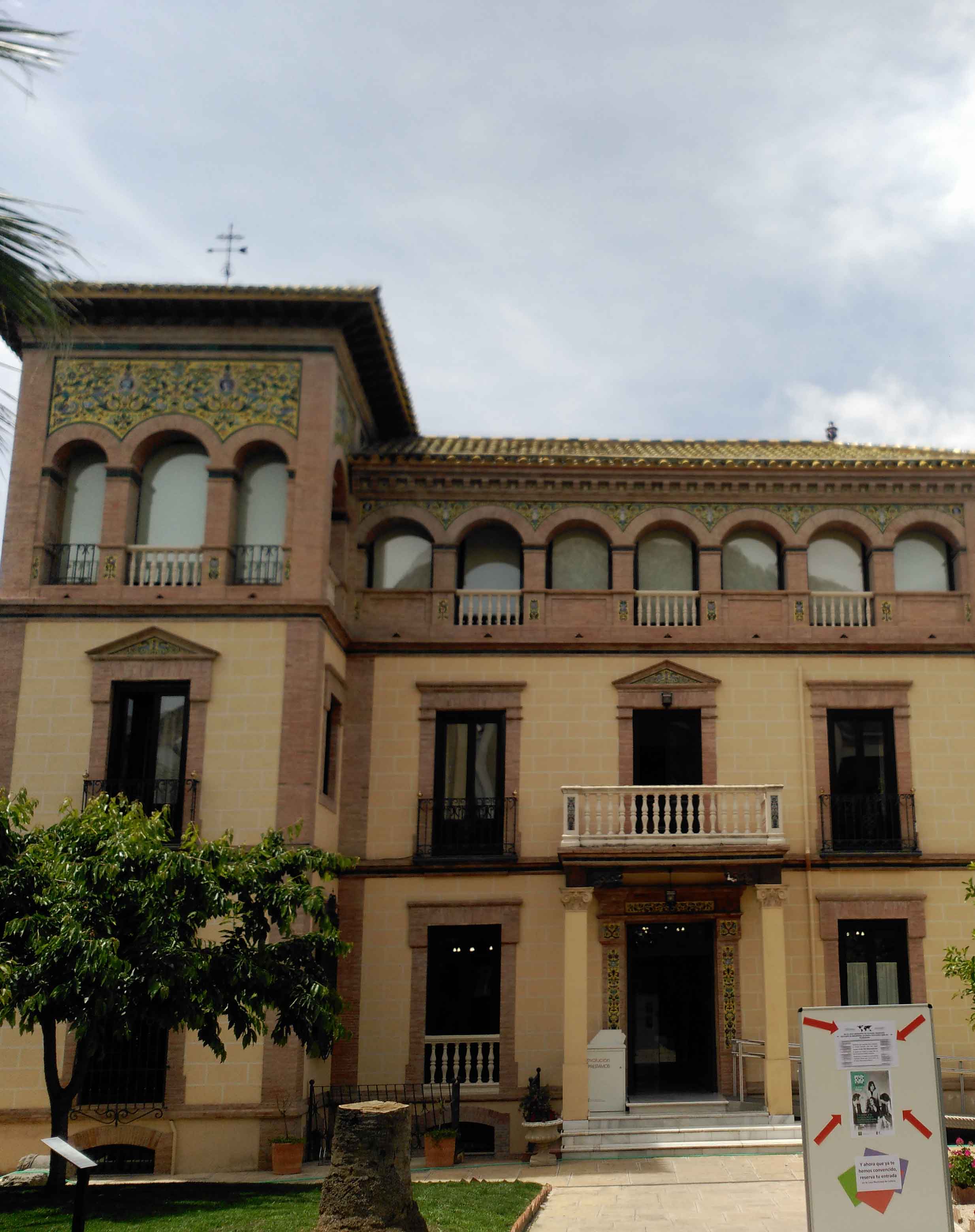Archaeological Martos and medieval architecture
Let yourself be surprised by the fascinating city
Martos unfolds before you a wide tourist offer, putting at your feet a city as magnificent as it is ancient. Martos, a crossroads where stones reveal amazing mysteries, come and discover the beauty of Martos Civil
High Fortress or Castle of La Peña
Arab medieval fortress with extension and Christian reconstruction in the s. XIV by the Order of Calatrava. It is located on top of the main emblem of Martí, La Peña, an exceptional location that made it impregnable, while at the same time giving it great facilities for defending the territory.
After the Christian conquest, its services were extended, building, among other facilities, an oven, a cistern and a wine press.
Currently only the ruins of the old Fortress are preserved: Torre del Homenaje, wall canvases, cistern, pool, defensive towers...
In 1985 it was declared a Historical Monument.
Opening hours: Outside.
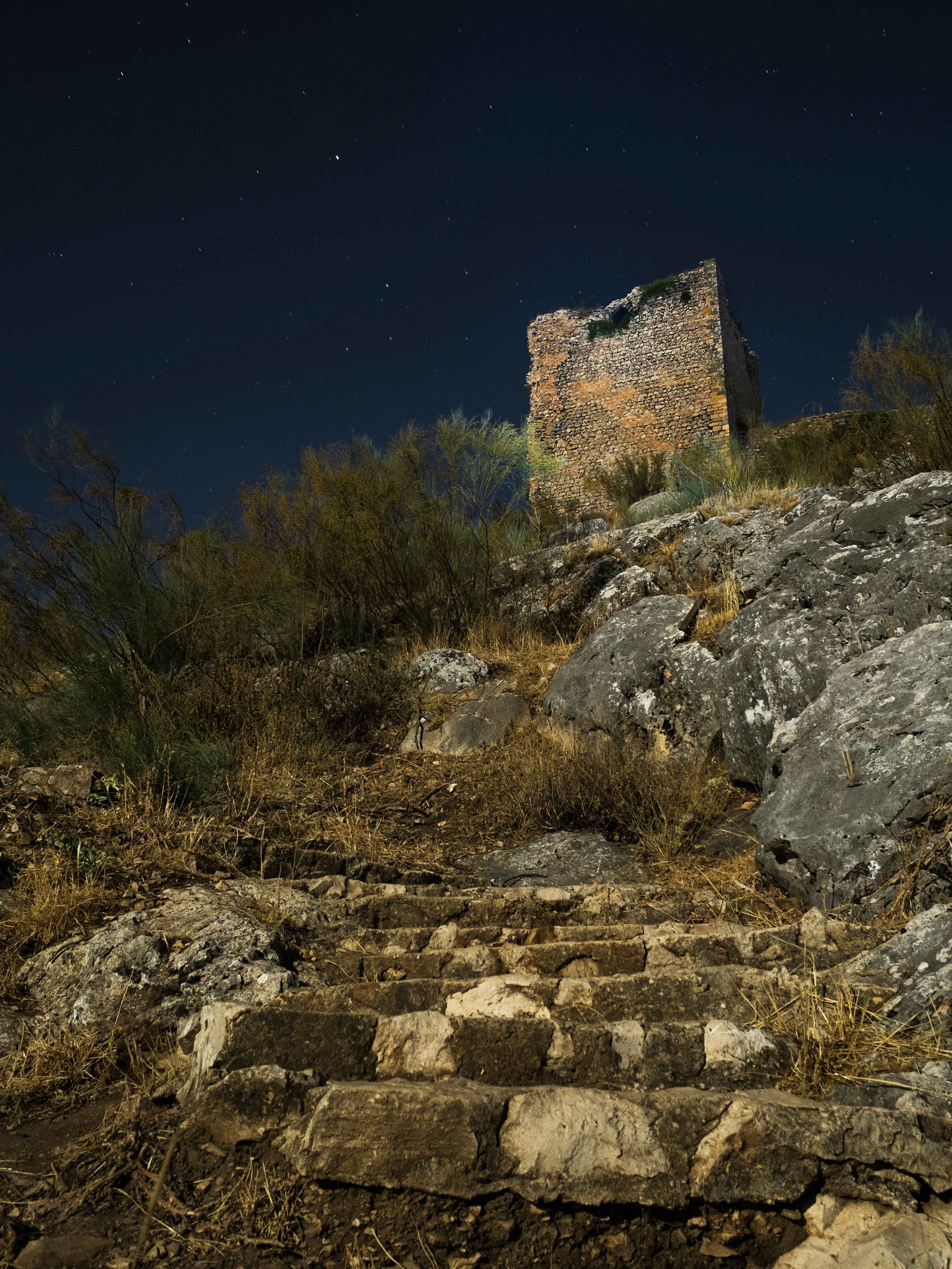
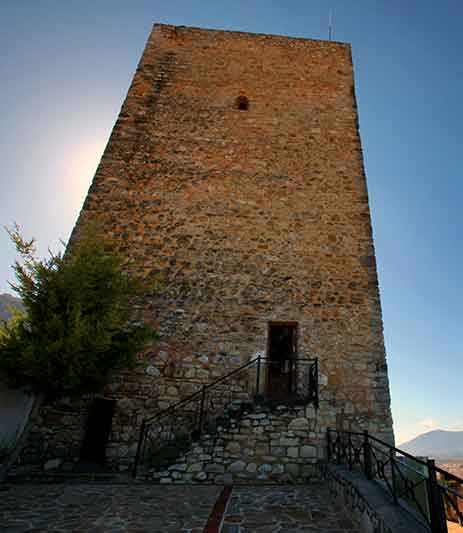
Low Fortress or Castle of the Villa
In the lower fortress, the Torre del Homenaje stands out: It was built by the Order of Calatrava in the 14th century, after the Christian conquest, to reinforce the defensive system of the Fortress. The Castillo de la Villa together with that of La Peña formed one of the most important defensive enclaves in the province. Its utility was as a watchtower, in order to take advantage of the facility it provided to control the adjoining territory, it was also used as the seat of the government. Today it houses an Interpretation Center for the history of the town. In 1985 it was declared a Historical Monument.
Address: Calle Primero de Mayo
Opening hours: (variable depending on the season of the year). https://martos.es/cultura
Sa from 11:00 a.m. to 2:00 p.m. and from 5:00 p.m. to 7:00 p.m. (autumn/winter) 7:00 p.m. to 9:00 p.m. (spring/summer). Sun from 11:00 a.m. to 2:00 p.m.
Albarrana Tower
Located on Calle Real de San Fernando, it is a defensive tower with a solid interior and a terrace that was in front of the wall, to the west of the tower a rest of the wall is preserved on Adarves street.
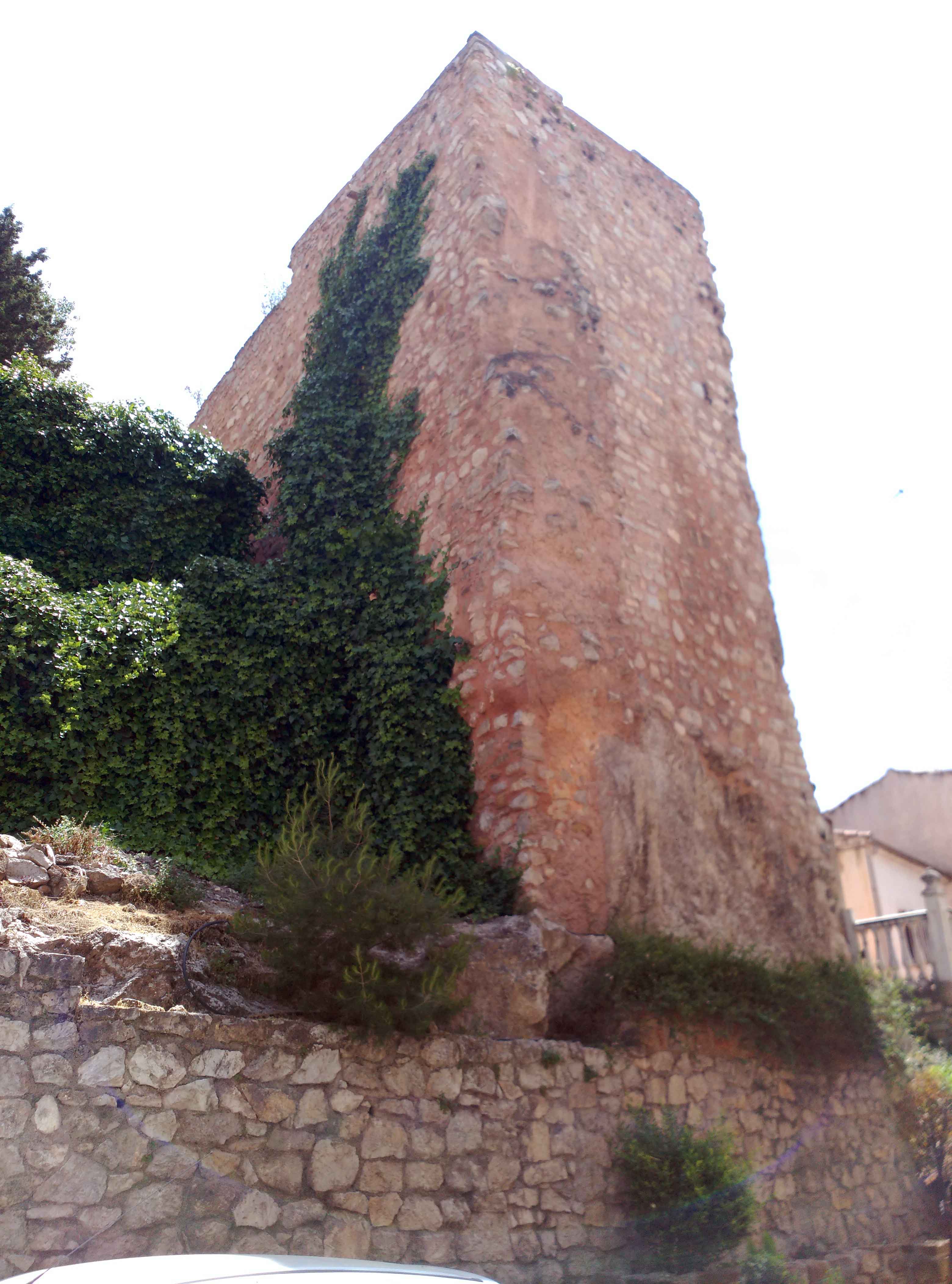
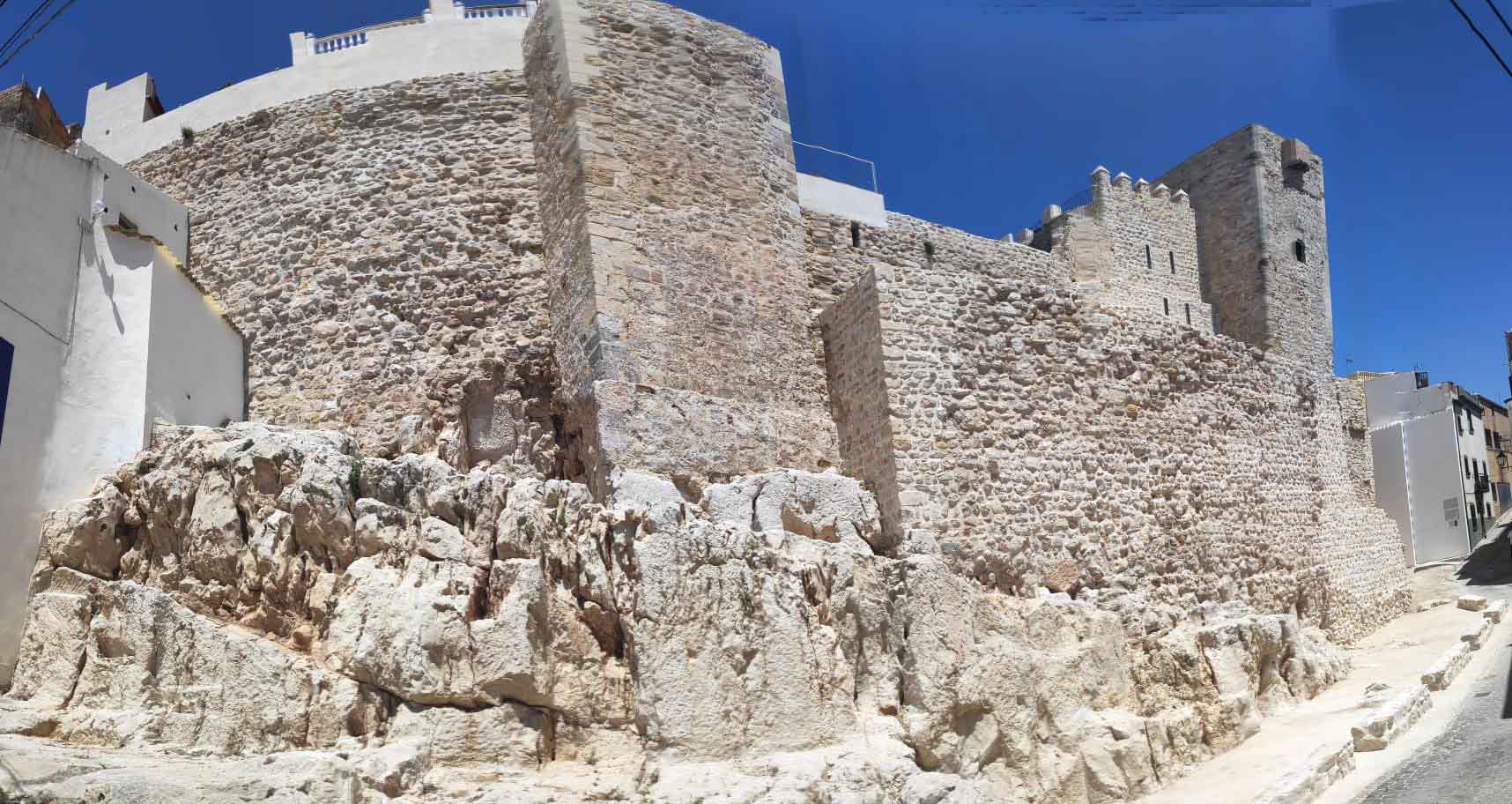
Almedina Tower
Located on Calle Almedina, it was part of the defensive network of the Fortaleza Baja.
Villa Fountain
Monumental fountain built in the first half of the 16th century, taking advantage of the flow of the Arroyo de la Villa. It consists of a trough pillar and eight pipes with their respective batteries. On its front, the shield of Carlos I stands out, on the sides, that of the Order of Calatrava and that of Hernán Chacón. In the 1950s the front was restored with brick due to its state of deterioration. In 1971 the square in which it is located was remodeled and it was buried. In 2017, the works for its recovery were completed.
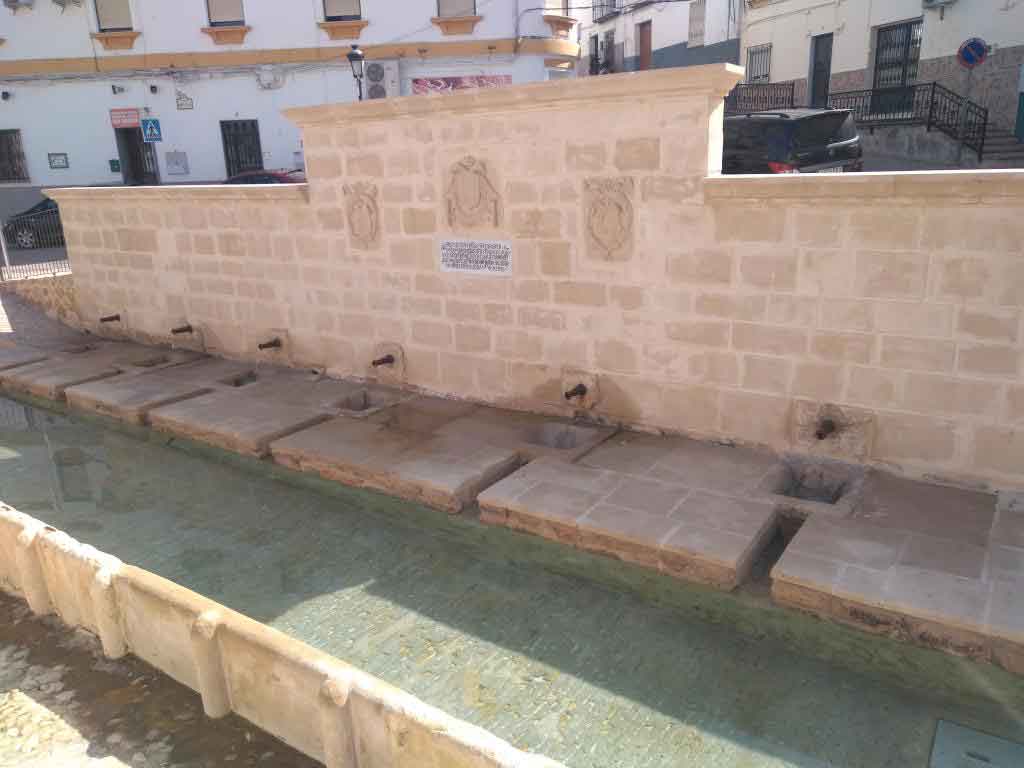
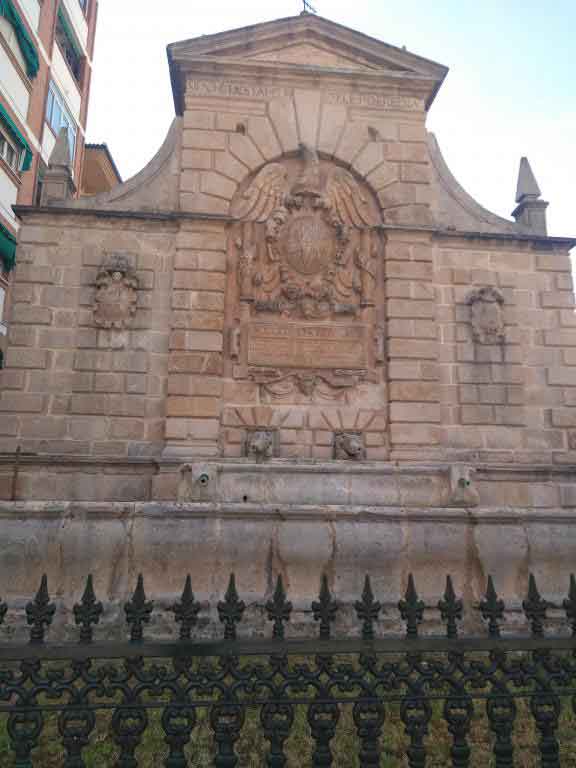
New Font
Monumental fountain built in the 16th century by Francisco del Castillo, belongs to the Mannerist Renaissance style. It consists of two staggered pillars, one of them used as a watering hole. On its front stand out the inscriptions and the royal coat of arms of Felipe II in the center, as well as those belonging to the city of Martos and to the governor Pedro Aboz. Also remarkable are the lions carved in stone. Its initial location was the Plaza to which it is named, Plaza de la Fuente Nueva, although it was later moved to Avenida Miraflores, where its current location is.
Address: Miraflores Avenue.
Opening hours: Outside.
City hall
Building built in the 16th century by Francisco del Castillo, it is one of the most emblematic and identifying works of the city. Today it is used as the Town Hall, but originally it was the Jail and Cabildo de la Villa. The beauty of its facade stands out, in which the sculptures of Justice and Mercy and different coats of arms appear, such as that of Martos and that of Governor Pedro Aboz, among them the royal coat of arms predominates, a large coat of arms of the house of the Austrias. that crowns the building. On its right side façade there are a set of tombstones with Roman inscriptions on the stone. In 1931 it was declared an Asset of Cultural Interest.
Address: Constitution Square.
Opening hours: Outside.
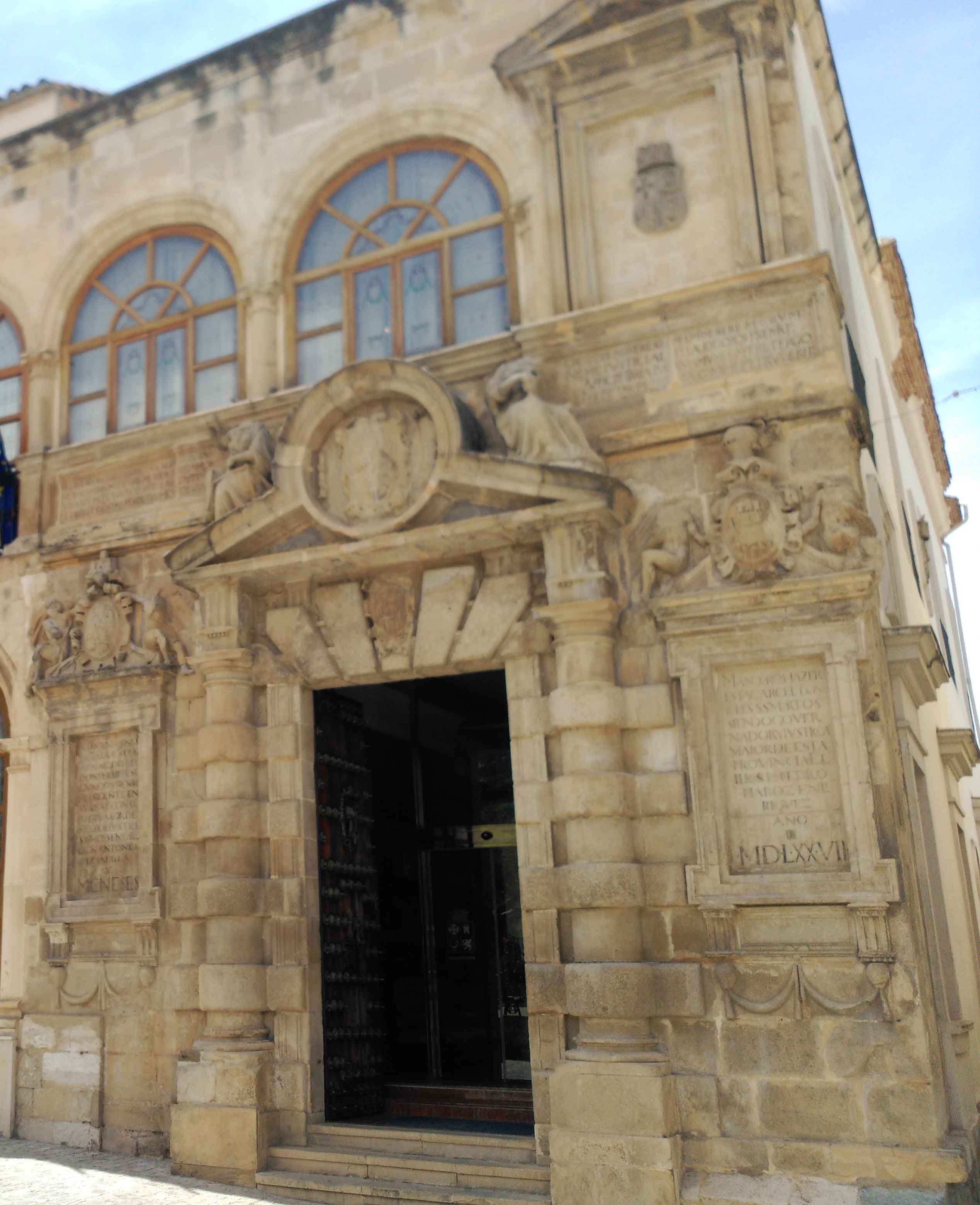
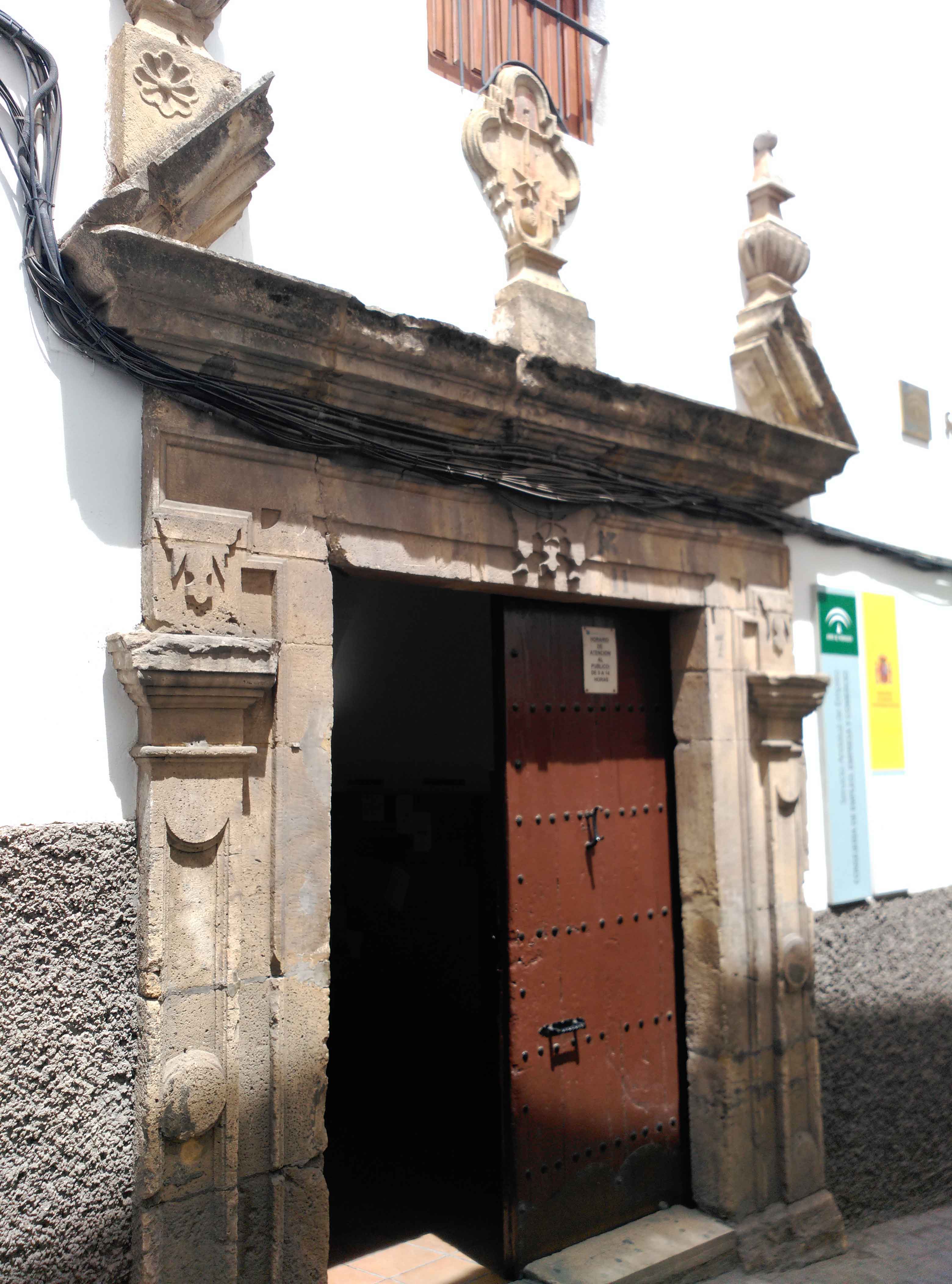
Old Hospital of San Juan de Dios
Building ordered to be built by the Mendicant Order of San Juan de Dios in the 17th century. It was divided into two parts, a hospital, used today as the headquarters of the Andalusian Employment Service, and a Church, used as a Municipal Cultural Hall. Its lintelled door stands out, with little decoration, crowned by a split pediment where the shield is located. Also its inner courtyard with a gallery of arches on its two floors.
Address: La Fuente Street.
Opening hours: Monday to Friday: 8:00 a.m. to 2:00 p.m.
Municipal House of Culture "Francisco Delicado"
It is one of the most interesting examples of historicist architecture, it was built at the beginning of the 20th century by the architect Aníbal González. It is a Regionalist House, popularly known as "Hotelito". Of this style, the use of tile applied to architecture, the glazed Arabic tile, the grillwork, the corner tower and the decorative brick stand out. It is currently used as the Municipal House of Culture, a place that at the same time houses the library and the historical archive.
Address: Avenida Europa nº31.
Opening hours: Mon-Fri from 9:00 a.m. to 9:00 p.m.
Guided visits to the Casa Regionalista on Tuesdays at 11:00 a.m. It is not necessary to arrange a visit.
